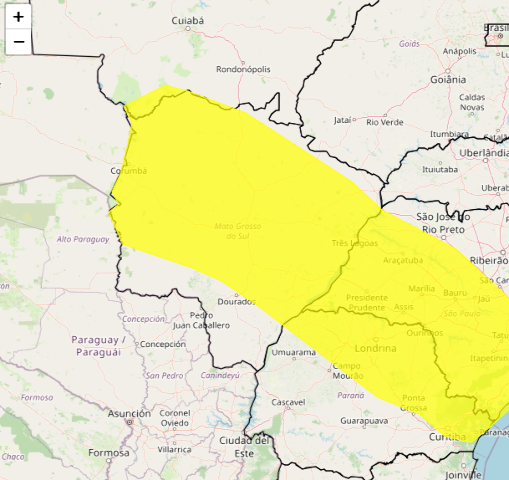In a new study, researchers found strong evidence that exposure to industrial pollution during pregnancy can shape a grandchild’s neurodevelopment.
A child has a higher risk of an intellectual disability if their grandmothers lived near industrial facilities while pregnant with a parent. The risk was highest when the maternal grandmother was exposed while pregnant with the child’s mother.
“We know that breathing polluted air is dangerous for our own health now, but it’s scary to imagine what it could do to people’s unborn grandchildren,” says Sara Grineski, professor in the sociology department at the University of Utah and lead author of the study.
“The evidence from this study and many others force us to ask: What will be the legacy of the decisions that we make today?”
About 1% of Americans have an intellectual disability. Previous research shows that a child’s risk of an intellectual disability is higher when directly exposed to toxins in the womb, for example, if the mother accidentally ingests lead or mercury. Research on intergenerational air pollution exposure is rarer, but Grineski is leading in this area. She and colleagues have published studies focused on Utah that link the risk of an intellectual disability to prenatal exposure to ozone, particulate matter, and industrial pollution.
This study fills a significant knowledge gap—does industrial pollution affect future generations who were not directly exposed?
“It’s much easier to study multigenerational effects on animals. The research in humans is much harder to do—we have longer lifespans, we’re not going to expose people to toxins on purpose, and it’s hard to get data on people who were alive 80 years ago,” says Grineski.
“But it’s really important, especially as you think about intergenerational equity—What do we need to do to protect our future children and grandchildren?”
The researchers had to get creative. They used the Utah Registry for Autism and Developmental Disabilities and the Utah Population Database to identify children diagnosed with an intellectual disability, and a control population with no record of a diagnosis, born in any Utah county between 2000 and 2014.
The Utah Population Database is a repository of in-depth Utah family histories that chronicle decades of medical records and demographic information. It’s the only one of its kind in the US and one of very few worldwide. The database provided birth certificates with the residential addresses of the children’s parents and grandparents, allowing the researchers the rare opportunity to assess the how industrial the neighborhood was during pregnancy.
Roger Renteria, doctoral candidate in the University of Utah’s sociology department, and Kevin Ramosformer undergraduate researcher who majored in GIS, led efforts to calculate industrial exposures experienced by the child’s mother while they were pregnant with the child; the maternal grandmother while they were pregnant with the child’s mother; and the paternal grandmother while they were pregnant with the child’s father.
“It’s easy to overlook how much our surroundings influence our development and overall health. While working with the data, I discovered polluting industries near my own home that I hadn’t known about,” says Ramos, now a graduate student at the University of California, Santa Barbara.
“Very few studies have explored this issue, and we believe our work is only beginning to uncover the long-term impacts industrial pollutants may have across generations.”
The historical data on polluting Utah businesses came from Dun and Bradstreet (D&B) business directories. In addition to location and years of operation, the D&B also had every Utah industrial facility’s North American Industry Classification System (NAICS) code. They used the NAICS codes to estimate potential health risks that may be associated with facilities of that type. They calculated facility densities within 3 km and 5 km during the maternal and grandmothers’ pregnancy.
The child was at higher risk of an intellectual disability if any grandparent was exposed to pollution during pregnancy with either parent. However, the odds were highest with exposure to the maternal grandmother pregnant with the child’s mom. Higher density of industrial facilities corresponded to higher risk for the child.
Grineski’s research will further explore pollution exposure’s impact on descendants.
“Ancestral exposures, with present-day exposures, may contribute to cumulative health risks in people,” says Grineski.
“The multigenerational impacts of toxics must be taken seriously by medical professionals, government agencies, and anyone concerned with protecting future generations.”
The study appears in the journal Science and the Total Environment.
Funding for the work came, in part, from the National Institute of Environmental Health Sciences.
Source: University of Utah




